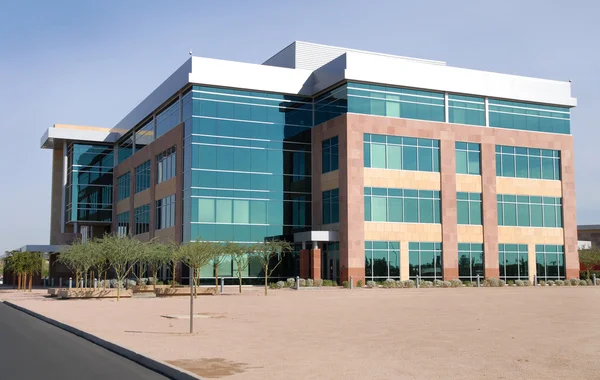Shingles are more commonly associated with homes and residential roofing, but they are also a common roof option for some commercial buildings that have steep slopes. They are easy to install and are highly cost-effective.
Explore the benefits of restoration with metal roofing from https://certifiedroofingservicesportland.com for flat and low-slope roofs, offering durability against fire, wind and hail damage.
1. Asphalt Shingles
Asphalt shingles are one of the most common types of roof materials, and for good reason. They are inexpensive and easy to install, plus they’re available in a wide variety of colors and styles to fit any aesthetic. They also offer good protection against extreme weather and have a relatively long lifespan.
The most basic shingle is the 3-tab, which has cutouts that create a repetitive pattern and look like three different pieces of roofing. The next level up is the architectural or dimensional shingle, which has two layers that add a premium appearance and are more resistant to damage. It’s the most popular shingle option for homeowners today.
2. Metal
Metal roofs are a great choice for buildings in tornado-prone areas because they can withstand up to 140 mile per hour winds. They also resist damage from flying debris and withstand massive hailstones better than asphalt shingle roofs.
In addition to the traditional corrugated tin panels that evoke images of barns and sheds, there are now metal roofs designed to look like shingles, shakes, slate and Spanish tile. They come in a variety of colors and can fit any design style.
They are extremely durable and require little maintenance, other than regular visual inspections and occasional debris removal. Many are energy efficient, reflecting the sun’s rays to reduce heat transfer and lowering cooling costs.
3. Single-Ply Membrane
Single-ply membranes have one layer and serve as a primary waterproofing barrier for the building. These roof systems can be either thermoset or thermoplastic. Thermoset membranes are made from rubber polymers while thermoplastic ones are composed of plastic polymers.
EPDM (ethylene propylene diene monomer) is a popular commercial roofing option for flat and semi-flat roofs. These roofs are extremely durable and highly resistant to UV radiation, ozone thermal shock, and changing weather conditions.
PVC is another popular choice for low-slope commercial roofing. This roof system is ENERGY STAR and Cool Roof Rating Council certified and helps building owners reduce energy costs by reflecting sunlight and heat.
4. TPO/PVC
Thermoplastic polyolefin and Polyvinyl chloride commercial roofs are energy efficient, offering cost savings through the ability to reflect sunlight. They are also resistant to punctures or tears, bacterial growth, and most chemicals. They are also highly flexible and durable.
TPO is a more experimental membrane, currently in its 2nd, 3rd or even 4th generation of formulations. The Roofing Contractor’s Institute has ranked it high on their list of single-ply membranes with many problems, including early deterioration and welding inconsistencies.
TPO is cheaper than EPDM, but it doesn’t last as long as PVC, especially with its seams, which are often the source of leaks in flat commercial roofing near Bowie. It can be installed using adhesives, self-adhesives, or heat-welded for greater dependability.
5. EPDM
Ethylene Propylene Diene Monomer (EPDM) is a synthetic rubber that can withstand extreme temperatures, UV rays and weathering. It’s commonly used in roofing, insulation, window and door seals, coating and flooring.
Pros: EPDM roofs are budget-friendly and easy to repair. They’re also energy-efficient and fire resistant.
Cons: EPDM roofs are typically black and absorb a lot of the sun’s heat, which can put stress on air conditioning systems. The material is also prone to punctures, which can allow water infiltrate and cause serious problems.
This type of commercial roof can be installed fully adhered, mechanically attached or ballasted. It’s best to use peroxide cured EPDM for superior heat and aging resistance.
6. Tile
Tile is a hard-wearing, water-resistant material that comes in many colors, sizes and textures. Typically, tiles are made from natural materials like ceramic or baked clay and pressed, molded and heated to high temperatures in a kiln.
A commercial roof can be a costly investment and you need to know which roof type will best protect your business from the elements. A flat roof requires more maintenance due to the accumulation of water and debris. It also makes it harder for commercial roofing contractors to work on the roof when needed. Sloped roof types offer better drainage and less maintenance.
